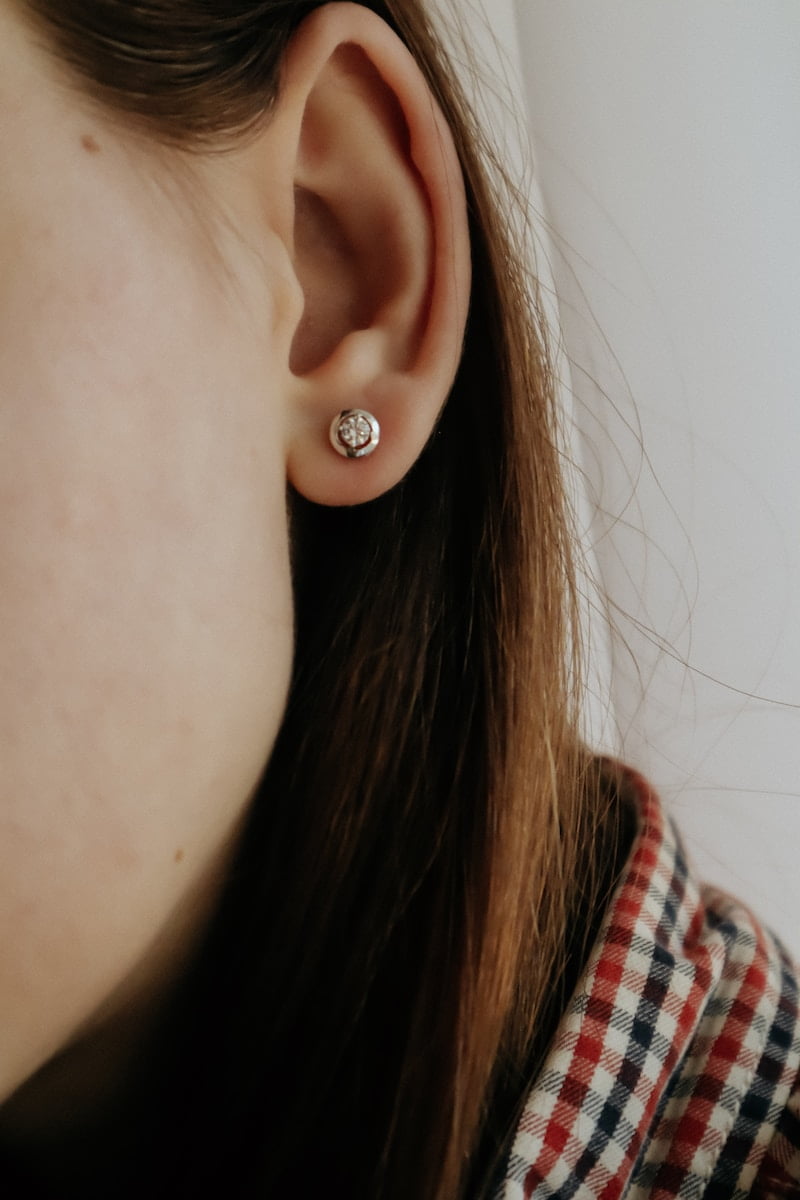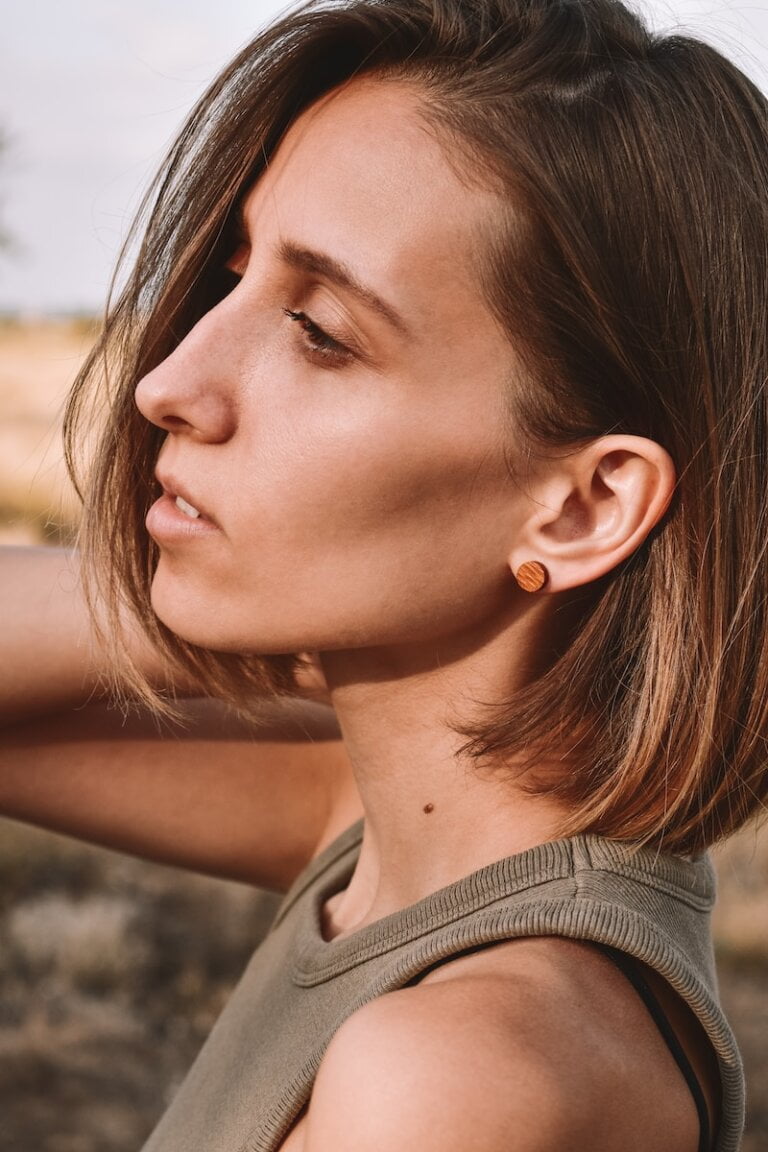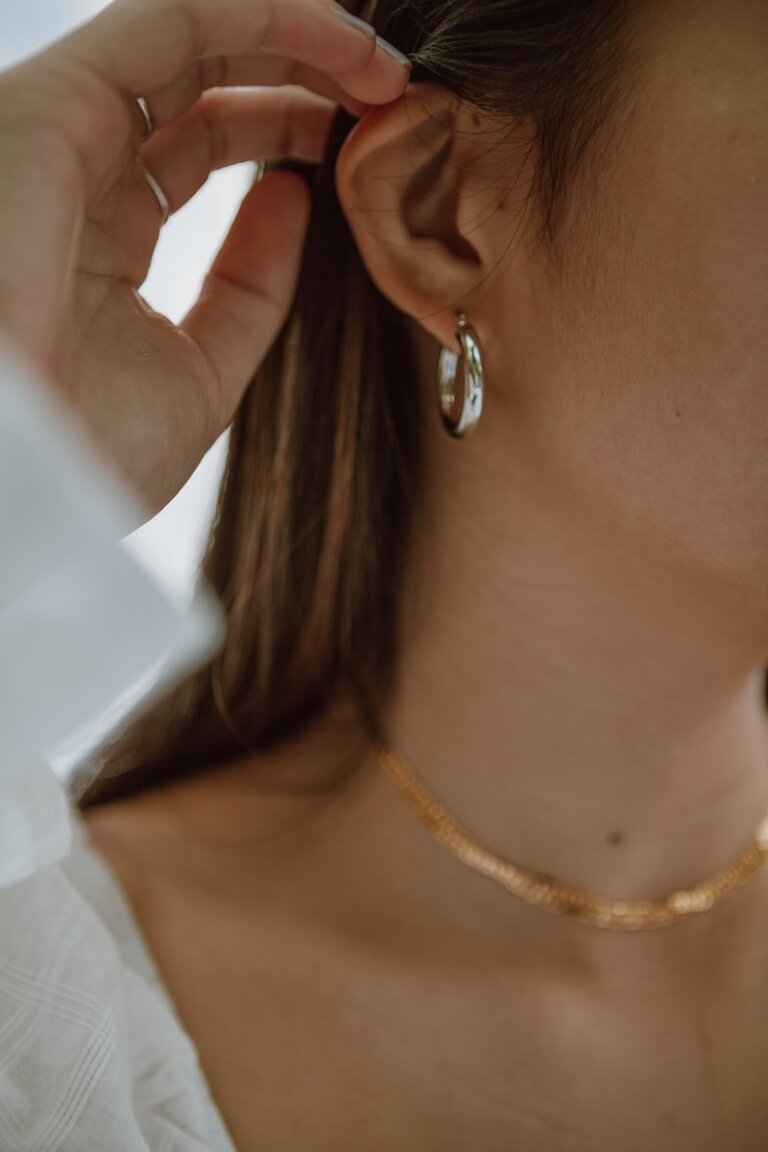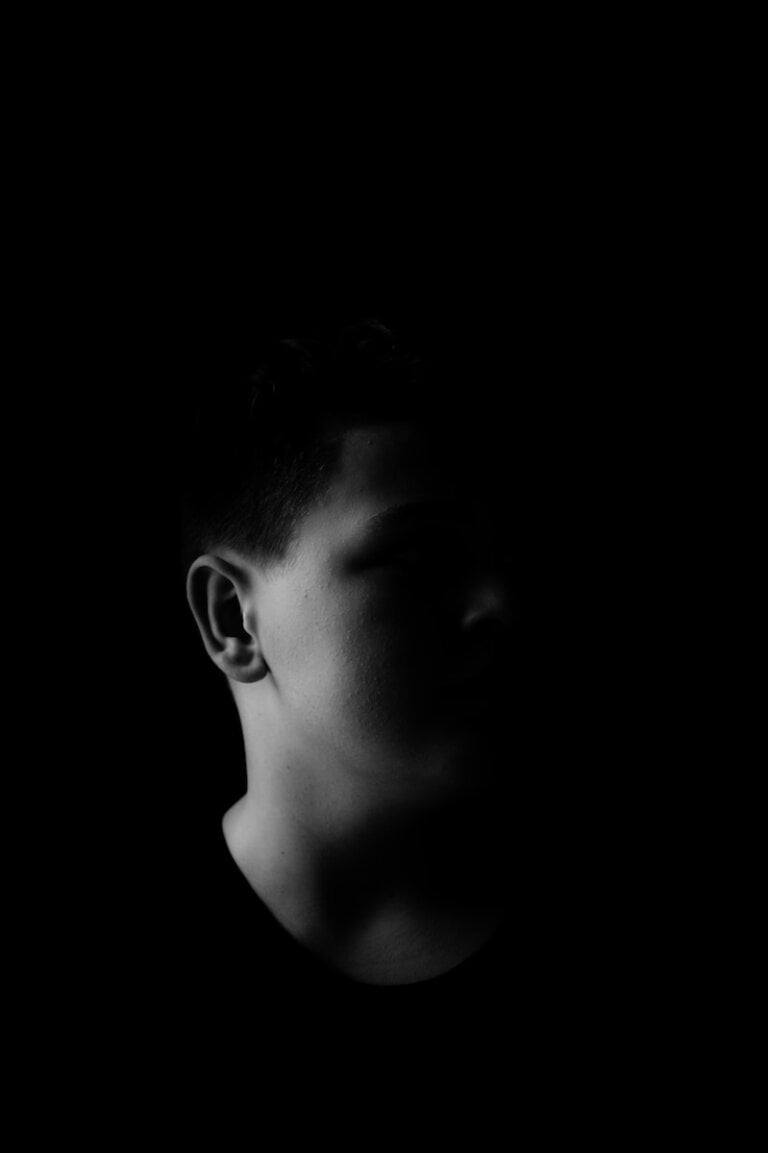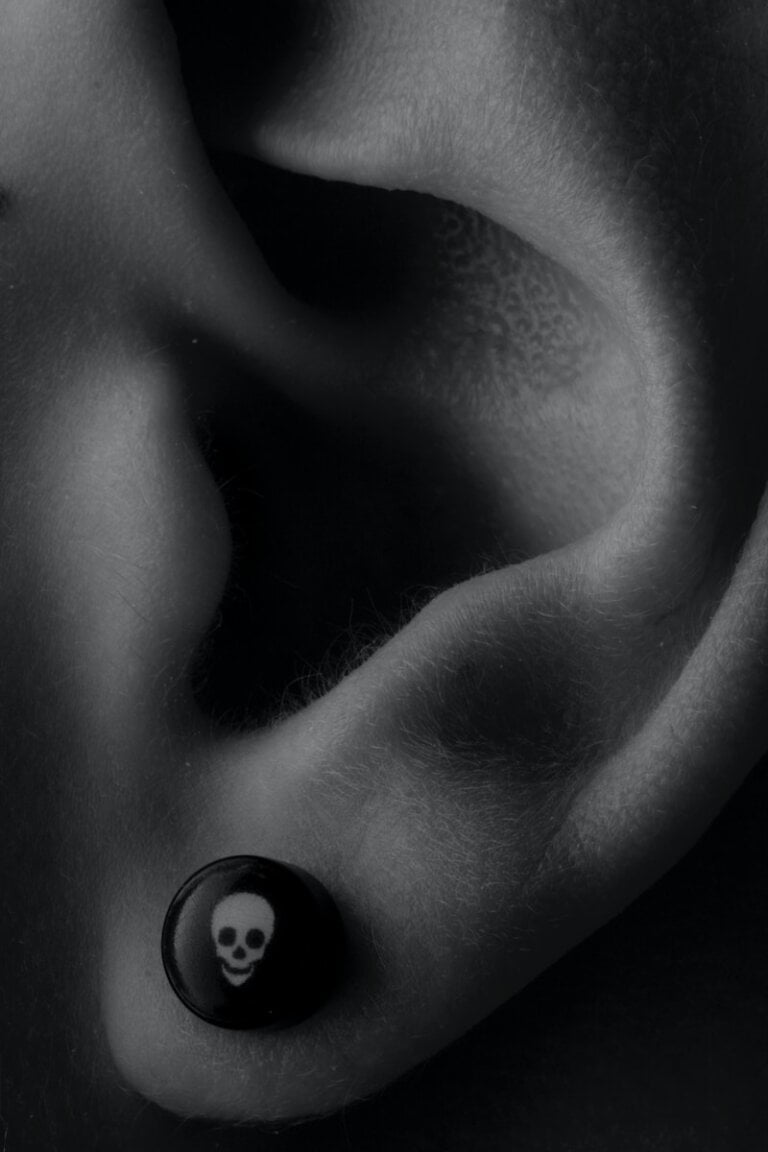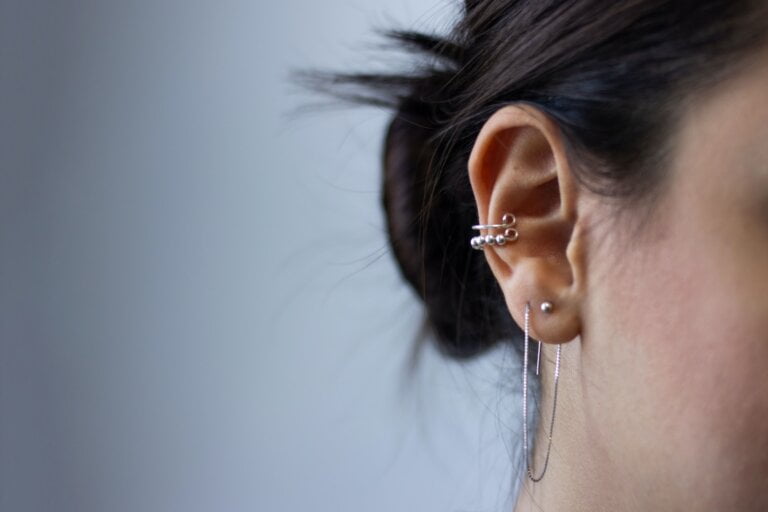Ear-Friendly Listening: Tips for Ensuring Safe and Healthy Headphone Usage
Last Updated on 3rd May 2024 by Admin
Listening to music or audio content through headphones has become an integral part of our daily lives. Whether we are commuting, working out, or simply relaxing, headphones provide a personal and immersive audio experience. However, it is essential to use headphones responsibly to protect our hearing and overall ear health. In this article, we will explore some tips for ensuring safe and healthy headphone usage.
Understanding the Importance of Ear Health
Before we dive into the tips, let’s understand why prioritizing ear health is crucial. Our ears are delicate organs responsible for capturing and transmitting sound signals to our brain. Prolonged exposure to loud noises, such as high-volume music through headphones, can lead to various hearing problems.
Excessive noise levels can damage the hair cells in our inner ear, leading to noise-induced hearing loss (NIHL). Moreover, prolonged and improper use of headphones can cause discomfort, ear infections, and tinnitus (ringing in the ears). Therefore, it is vital to adopt healthy listening practices to protect our ears.
The Impact of Noise-Induced Hearing Loss (NIHL)
Noise-induced hearing loss (NIHL) occurs when the delicate hair cells in our inner ear are damaged by exposure to loud sounds or music. These hair cells are responsible for converting sound vibrations into electrical signals that our brain can interpret. When these hair cells are damaged, they cannot regenerate, leading to permanent hearing loss.
In addition to hearing loss, NIHL can also cause other symptoms such as tinnitus, a condition characterized by a constant ringing or buzzing sound in the ears. Tinnitus can be extremely frustrating and interfere with daily activities, making it important to take steps to prevent it.
The Importance of Preventive Measures
Preventing hearing damage is crucial because once it occurs, it cannot be reversed. By prioritizing ear health and following safe listening practices, we can reduce the risk of developing hearing problems. This includes using headphones responsibly and taking steps to protect our ears from excessive noise exposure.
Choose the Right Headphones
The first step towards safe headphone usage is selecting the most suitable pair for your needs. Consider the following factors when purchasing headphones:
- Over-Ear vs. In-Ear: Over-ear headphones generally provide better sound quality and noise isolation, reducing the need for turning up the volume. In-ear headphones are more portable but may require higher volume levels to achieve the desired sound quality.
When choosing between over-ear and in-ear headphones, it is important to consider your listening preferences and the environments in which you will be using them. Over-ear headphones are ideal for situations where you want to block out external noise and enjoy a more immersive audio experience. In-ear headphones, on the other hand, are more compact and convenient for activities like exercising or commuting.
- Noise-Canceling: Noise-canceling headphones can be beneficial in noisy environments as they reduce background noise, allowing you to listen at lower volumes.
Noise-canceling headphones use advanced technology to actively reduce external sounds, creating a quieter listening environment. By reducing the need to turn up the volume to drown out background noise, these headphones help protect your ears from excessive noise exposure. They are particularly useful in environments like airplanes, trains, or busy city streets.
- Comfort: Opt for headphones with a comfortable fit to prevent ear pain or discomfort during extended use.
Wearing headphones for long periods can cause discomfort or even pain if they do not fit properly. Look for headphones with adjustable headbands and cushioned ear cups to ensure a comfortable fit. It is also important to consider the weight of the headphones, as heavier models can put additional pressure on your ears and head.
Mindful Volume Control
One of the most critical aspects of safe headphone usage is controlling the volume level. Listening to music at excessively high volumes, even for a short period, can cause irreversible damage to our hearing. Follow these tips to maintain a safe volume level:
- Use the 60/60 Rule: Maintain the volume at or below 60% of the maximum volume for no more than 60 minutes per day.
The 60/60 rule is a simple guideline that can help prevent excessive noise exposure. By keeping the volume level at or below 60% of the maximum volume on your device, and limiting your listening sessions to 60 minutes or less per day, you can significantly reduce the risk of hearing damage.
- Volume Limiting Features: Some smartphones and portable music players offer volume-limiting options. Enable this feature to ensure safe listening.
Many devices now come with built-in volume-limiting features that allow you to set a maximum volume level. Take advantage of these settings to ensure that you do not accidentally turn up the volume too high.
- Noise Isolation: Invest in headphones that provide good noise isolation. By blocking external noise, you can enjoy your audio content at lower volumes.
Headphones with good noise isolation can help create a more immersive listening experience by blocking out external noise. With less background noise to compete with, you can enjoy your audio content at lower volumes without compromising the quality of the sound.
Take Regular Breaks
Continuous and prolonged use of headphones can strain our ears. To prevent this, make it a habit to take regular breaks during extended listening sessions. Follow the 20-20-20 rule:
- Every 20 minutes: Take a break from your headphones and focus on something at least 20 feet away for about 20 seconds. This helps relax your ears and reduces the risk of ear fatigue.
Taking regular breaks allows your ears to rest and recover from the constant exposure to sound. The 20-20-20 rule is a helpful guideline to follow, as it encourages you to look away from your headphones and focus on a distant object for a short period. This helps reduce eye strain and gives your ears a brief respite.
Maintain Hygiene and Cleanliness
Keeping your headphones clean is essential for preventing ear infections and maintaining overall ear health. Here are some hygiene tips to follow:
- Regular Cleaning: Clean your headphones regularly using a soft cloth or a cotton swab lightly dampened with a mild cleaning solution. Be cautious not to get any liquid into the openings.
Regularly cleaning your headphones helps remove dirt, sweat, and bacteria that can accumulate on the ear cups and ear tips. Use a soft cloth or a cotton swab lightly dampened with a mild cleaning solution to wipe the surfaces. Avoid using excessive moisture, as it can damage the internal components of the headphones.
- Avoid Sharing: Sharing headphones can increase the risk of transferring germs and infections. It is best to use your own pair and avoid sharing with others.
Sharing headphones can expose you to bacteria or fungi from someone else’s ears, increasing the risk of ear infections. To maintain good ear hygiene, it is advisable to use your own headphones and avoid sharing them with others.
Choose the Right Environment
The listening environment can significantly impact our overall listening experience and ear health. Consider the following factors:
- Background Noise: In noisy environments, we are more likely to turn up the volume to compensate. Whenever possible, choose a quiet environment to minimize the need for high volume.
Listening to music or audio content in a noisy environment can tempt you to increase the volume to overcome the background noise. To protect your ears, try to find a quiet space where you can enjoy your audio content without the need for excessively high volume levels.
- Safe Listening Zones: Avoid using headphones in situations where it is essential to hear surrounding sounds, such as when crossing the road or in busy public places.
It is important to be aware of your surroundings and prioritize your safety when using headphones. Avoid wearing headphones in situations where you need to be fully aware of your surroundings, such as when crossing the road or in busy public places. Being able to hear important sounds, such as approaching vehicles or emergency sirens, is crucial for your safety.
- Limit Daily Use: Try to limit the total time you spend using headphones each day to reduce the risk of hearing damage.
Even if you follow all the other safety measures, prolonged headphone use can still pose a risk to your hearing. To minimize the risk, try to limit the amount of time you spend wearing headphones each day. Give your ears regular breaks from prolonged exposure to sound to allow them to rest and recover.
Regular Hearing Checkups
Periodic hearing checkups can help detect any hearing-related issues at an early stage. If you experience any symptoms like muffled hearing, ringing in the ears, or difficulty understanding conversations, it is crucial to consult an audiologist for a comprehensive evaluation.
Regular hearing checkups are an essential part of maintaining ear health. An audiologist can assess your hearing and identify any signs of hearing loss or other ear-related problems. Early detection allows for timely intervention and management of any issues, which can help prevent further damage to your hearing.
Conclusion
By following these tips for safe and healthy headphone usage, you can enjoy your audio content while protecting your ears from potential damage. Remember to choose the right headphones, control the volume, take breaks, maintain cleanliness, choose appropriate listening environments, and prioritize regular hearing checkups. Let’s prioritize ear health and ensure that our listening experience remains enjoyable for years to come.
FAQ
1. Why is it important to prioritize ear health when using headphones?
- Prolonged exposure to loud noises through headphones can lead to various hearing problems, including noise-induced hearing loss, ear infections, and tinnitus. It is crucial to adopt healthy listening practices to protect our ears.
2. What is noise-induced hearing loss (NIHL) and how does it occur?
- Noise-induced hearing loss occurs when the delicate hair cells in our inner ear are damaged by exposure to loud sounds or music. These hair cells cannot regenerate, leading to permanent hearing loss.
3. How can I choose the right headphones for safe usage?
- Consider factors like over-ear vs. in-ear headphones, noise-canceling capabilities, and comfort when selecting headphones. Over-ear headphones provide better sound quality and noise isolation, while in-ear headphones are more portable. Noise-canceling headphones reduce background noise, and comfortable headphones prevent ear pain or discomfort.
4. How can I control the volume to ensure safe headphone usage?
- Follow the 60/60 rule by maintaining the volume at or below 60% of the maximum volume for no more than 60 minutes per day. Use volume-limiting features on devices when available, and invest in headphones with good noise isolation.

